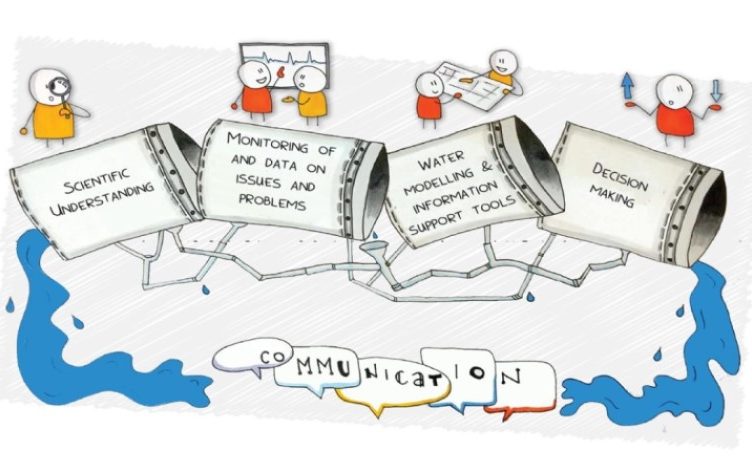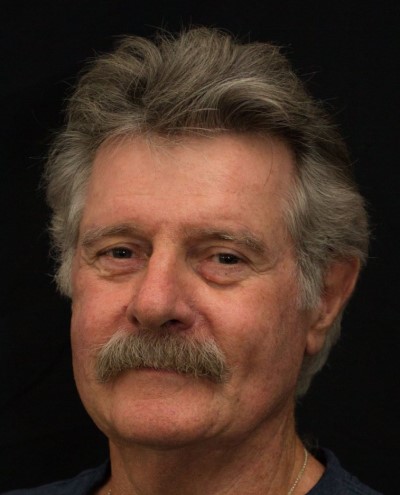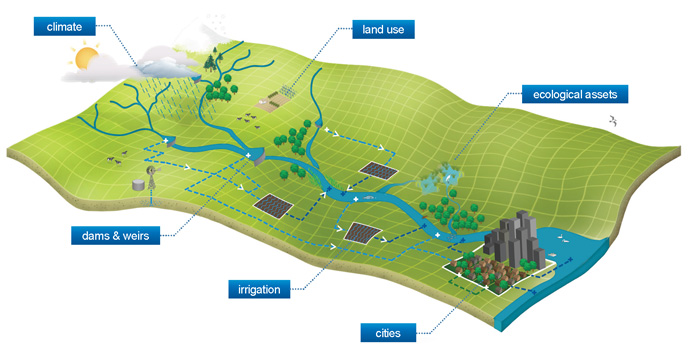
05/12/2024
Event Summary: Overview of water quality modelling projects from the Queensland Water Modelling Network with Callym Dunleavy
Read more
The QWMN Mentoring Program led by Dr. Chris Carroll (pictured below) has facilitated a process that links experienced modellers with early career water modellers - both upper level undergraduates and young water modelling professionals. Essentially the aims have been to ‘unlock’ institutional and tacit modelling knowledge (know how) to support and inspire the next generation of Queensland water modellers.

Over several decades a vast amount of tacit knowledge and experience has been built up within the Queensland modelling community, particularly in Queensland Government departments, in the use of water models to provide support for: land-holder decision making; agricultural systems assessments; water planning decision making; framing catchment and groundwater policy making; and for reef catchments and coastal water quality reporting. A Queensland Water Modelling Catalogue identified 18 water models currently used by Queensland government, with 11 of the models specifically developed within Queensland.
QWMN Mentoring Program – Phase 1
In Phase 1 of the QWMN Mentoring Program students from five Queensland Universities (Griffith, JCU, USQ, QUT, UQ) and young professional within the Queensland Department of Natural Resources Mines and Energy (QDNRME) were engaged; with 30 of the next generation of modellers undertaking the program. In 2020/21 the Mentoring Program will be extended to students at the Central Queensland University and the University of the Sunshine Coast.
The Mentoring Program allows students and young professionals to acquire water modelling skills and capabilities to enhance their future careers and professional networks. In addition the Mentoring Program also aims to develop young professionals’ critical thinking and appreciation on the implications of water modelling on policy, planning and industry decision making.
The real world modelling challenge in Phase 1 used the eWater Source Modelling framework (Figure 1) to address the setting of water quality targets in the Great Barrier Reef catchments, with the Cattle Creek sub catchment within the Mackay/Whitsunday region used in the challenge (Figure 2). Experienced modellers David Waters and Gill McCloskey (QDNRME), and eWater’s Geoff Davis and Juanita Moolman provided mentoring support to the participants.
The Source Catchment Modelling framework has been adopted by the state and commonwealth governments to report on progress against Reef Plan water quality targets and evaluate the impact of investment in improving water quality across GBR catchments. Hence, the students and young professionals are at the fore front of using one of the most contemporary catchment modelling tools in Australia, and are exposed to the challenges faced by both government and industry to meet GBR water quality targets.

QWMN Mentoring Program – Phase 2
It has been identified in Phase 2 that the private sectors extensive water modelling tacit knowledge should likewise be ‘unlocked’ to support the next generation of water modellers. This will require engagement with private consultants to identify suitable mentors and young professionals along with the design of appropriate ‘real world’ modelling challenges and access to other suitable models and data sets to undertake the challenges. The Queensland Water Modelling Catalogue has identified the range of water models that can be used within the QWMN Mentoring Program to take up the ‘real world’ challenges,’ and grow the skills of students and young water professionals within Queensland.
You can contact Chris here.